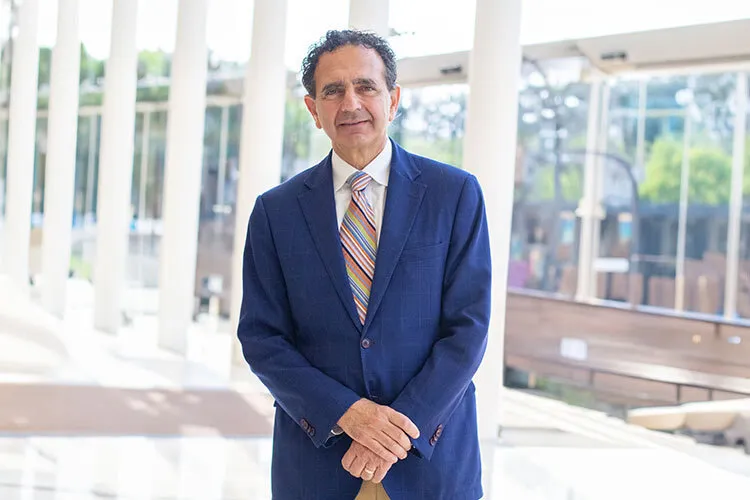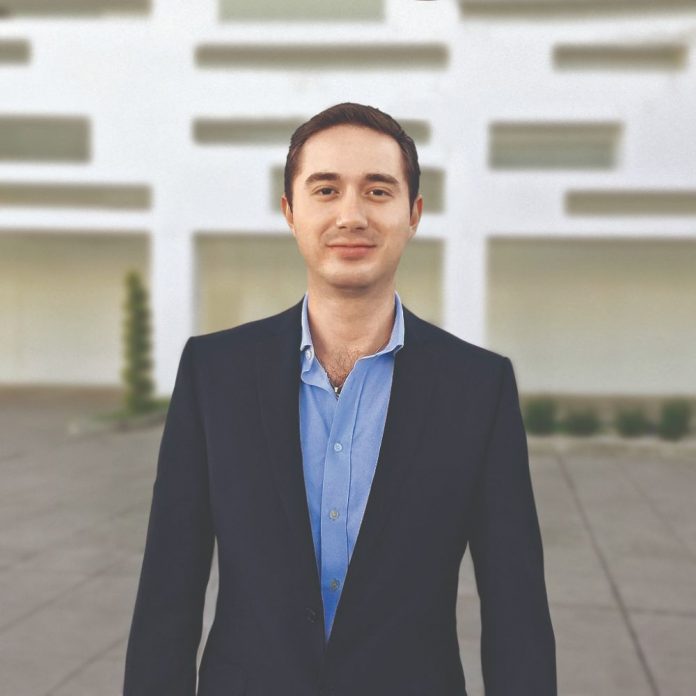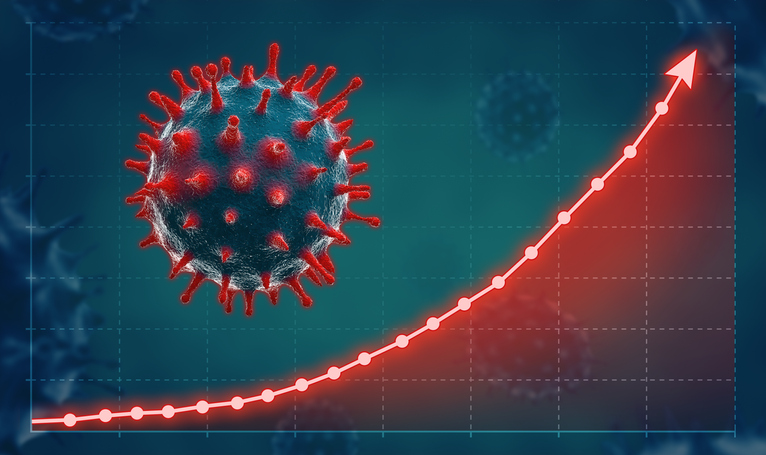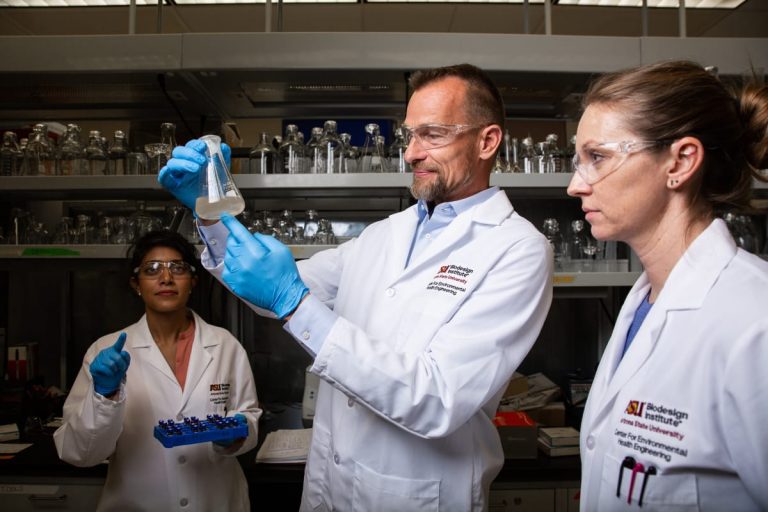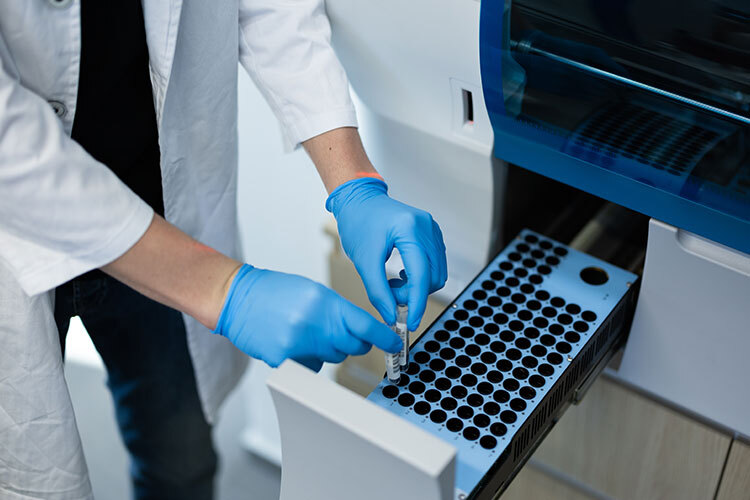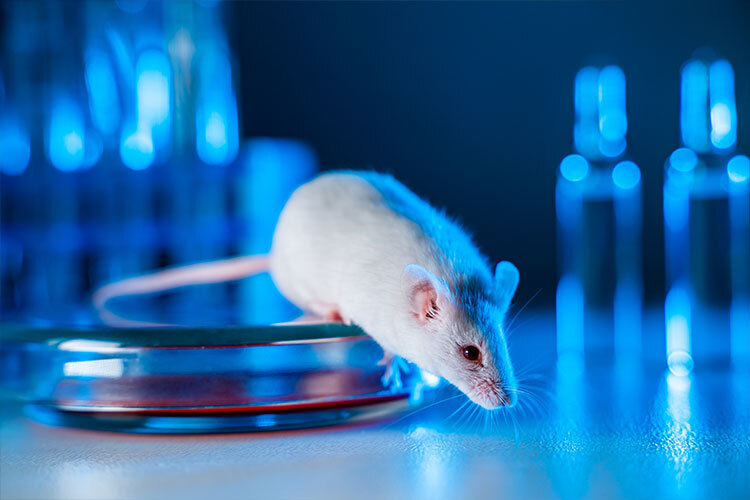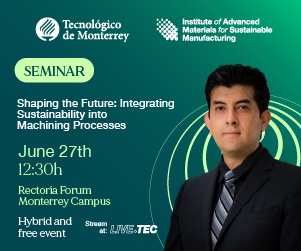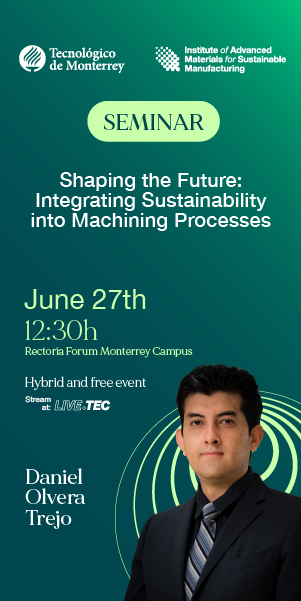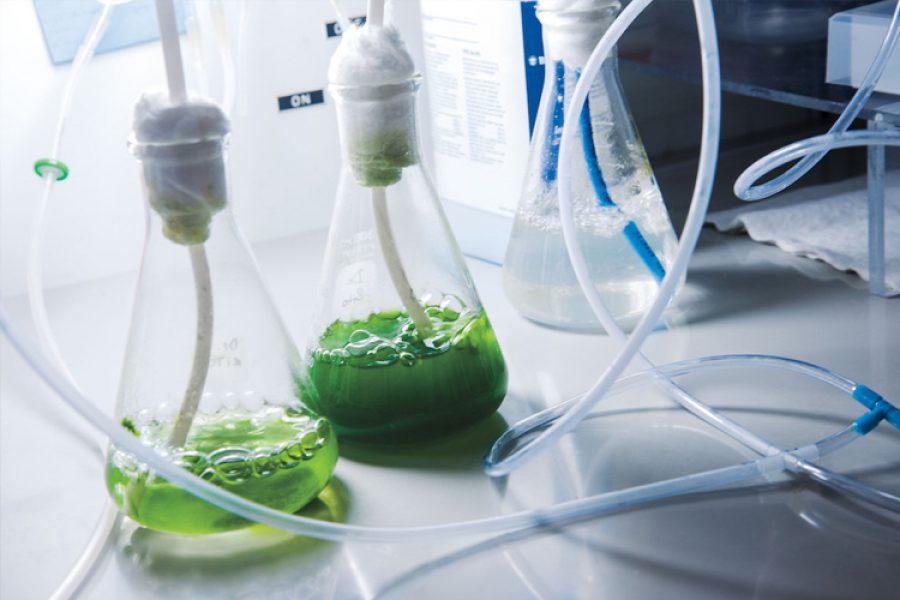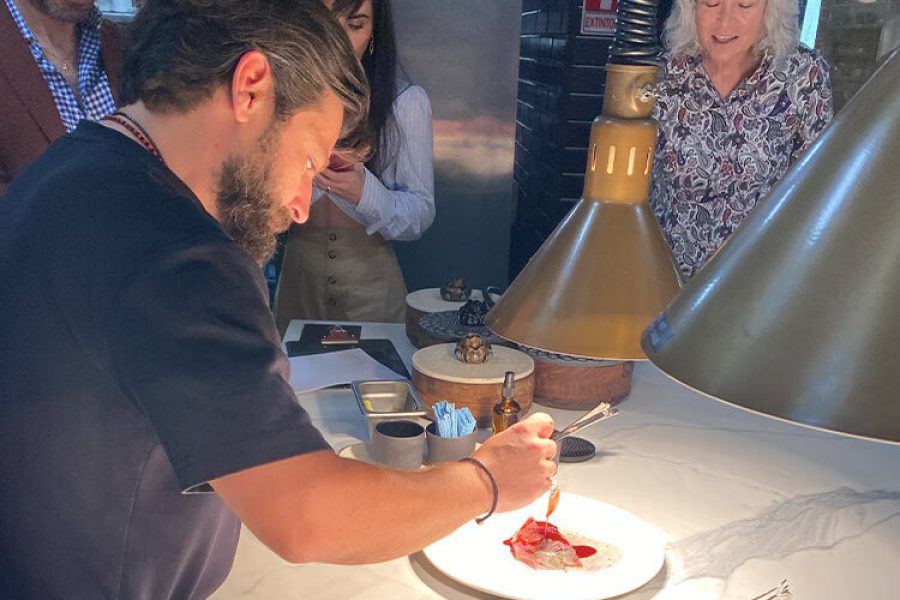It seems like a scene straight out of a science fiction movie: printers that use the patient’s cells to create the organs they need; engineered uteruses that achieve full-term pregnancy and miniature lungs to test how viruses affect us. The achievements of Anthony Atala and his team are real and promise to change regenerative medicine.
Atala is a surgeon and founding director of the Wake Forest Institute of Regenerative Medicine in the United States, he is a leader in the field of 3D bioprinting of organs and tissues and has dedicated his life to improving the lives of thousands of patients through his research.
In his conference Regenerative Medicine, Growing Cells, Tissues, and Organs, held at the Guadalajara Campus and which was part of the Inspire to Transform cycle, through which Tec de Monterrey celebrates its 80th anniversary, the expert surprised attendees with the multiple advances that he and his group have achieved.
He said that 3D bioprinters can be used, but instead of ink, they use cells to print new tissues and organs. The secret is to use the cells of the patient to whom the organ will be transplanted, to eliminate rejection, one of the biggest problems in organ transplantation today.
They have also managed to print miniature organs that function just like real ones and can bring personalized precision medicine to real life.
In an interview with TecScience, Atala explains what these technologies can achieve. “At the end of the day, what it’s about is improving patients’ lives.”
Growing Cells, Printing Organs
What is regenerative medicine and what can it be used for?
Regenerative medicine is a group of technologies aimed at helping us restore, repair, or replace tissues in the human body.
Right now, with tissue engineering, we can implant things such as skin, cartilage, muscle, urethras, kidney tissue, or bladders. Some of these are still in pre-clinical models and others are being used in patients.
What’s one example of a successful bioengineering transplant case?
Luke Massella was the first patient who received one of our engineered organs. He has a condition called spina bifida, where the spinal cord and bladder don’t develop normally and can lead to kidney failure.
It was important for him to have that bladder repaired, because he couldn’t live a normal life and was destined for constant blood dialysis.
He was able to receive one of these engineered bladders around 20 years ago and he is now an executive in New Jersey living a normal healthy life. Because you’re making the organ with the patient’s own cells, the body recognizes it as its own and they can have it for the rest of their life with no risk of rejection.
What are some of your latest achievements?
Two years ago we engineered a uterus in a preclinical model and were able to see that the uterus could carry a pregnancy to term.
That was 18 years in the making and now we’re doing further testing to eventually take it to human patients.
A Miniature Body On A Chip to Test New Drugs
What is this body on a chip system that you talked about?
It’s basically creating miniature tissues or organs with 3D printing. Miniature livers, miniature hearts, miniature lungs, miniature kidneys, miniature brains; we can use them individually or together to form a tiny model of a human body.
To make them we use all the cells that each organ has. For example, the liver has five major cell types and we use all those.
When we put the cells together, they are genetically programmed to know what to do, so they self-assemble into the three dimensional structures that real normal-size organs have.
You can take these structures and expose them to new drugs to see if they are toxic, safe, or effective. You can also create disease models by, for example, infecting them with a virus or bacteria and see how they react and if you can cure them.
Because these structures are created using real human cells you’re going to have a high fidelity model, better than cultured cells or animal ones.
The future of regenerative medicine
What challenges do you currently face in regenerative medicine?
The cost of the technology is very high and, because it is a new territory, the regulatory process is still slow.
Right now we also can’t create large solid tissues or organs like hearts or brains, that have many cell types.
How far do you think this technology will get?
I think that in science you never say never and the field has the potential to effect positive change in every tissue and organ in our body.
What do you think people should know about regenerative medicine?
There are many things that right now are being called regenerative medicine and people need to beware of technologies that haven’t been scientifically proven but commercially offered.
